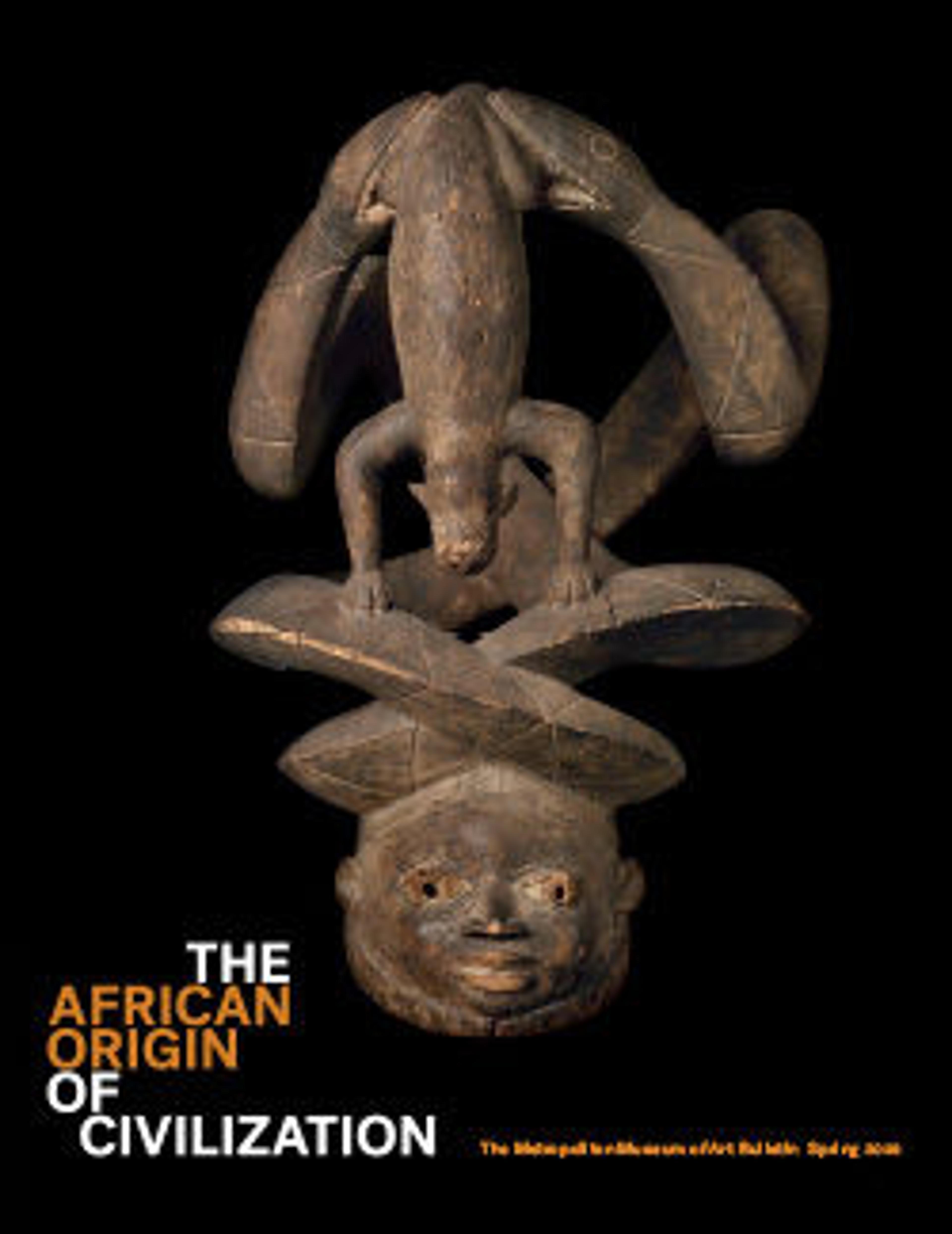King Sahure Accompanied by a Divine Figure
The statue may have been intended to decorate the king's pyramid complex at Abusir, about fifteen miles south of Giza. At the end of the previous dynasty, multiple statues of this type were placed in the temple of Menkaure (Mycerinus) to symbolize the gathering of nome gods from Upper and Lower Egypt around the king. However, since no other statues of this type are preserved from Sahure's reign, it is possible that this statue was a royal dedication in one of the temples in Coptos (modern Qift).
Artwork Details
- Title: King Sahure Accompanied by a Divine Figure
- Period: Old Kingdom
- Dynasty: Dynasty 5
- Reign: reign of Sahure
- Date: ca. 2458–2446 B.C.
- Geography: From Egypt
- Medium: Gneiss
- Dimensions: H. 64 × W. 46 × D. 41.5 cm, 127 kg (25 3/16 × 18 1/8 × 16 5/16 in., 280 lb.)
- Credit Line: Rogers Fund, 1918
- Object Number: 18.2.4
- Curatorial Department: Egyptian Art
Audio
3277. King Sahure and a Nome God, Part 1
Gallery 136
Although the statue on this pedestal is only half life-size, it’s an imposing representation of a divine ruler. It was carved from very hard stone during Egypt’s Old Kingdom when the pharaoh’s might was at its peak. King Sahure, the larger of these two figures, is seated on his throne as he would have been when giving judgment, hearing reports, and directing the governance of the country. His hand is closed into a fist; his arm muscles powerfully tensed.
For purposes of governance, Egypt was divided in provinces, or nomes. Look at the symbols above the smaller figure’s head. These identify him as the god of the Coptos nome in southern Egypt. He’s reaching out, offering the symbol for life—the ankh—to King Sahure.
You may have initially recognized the king as pharaoh by the starched headcloth that he wears. On the front and running along the top of his royal headcloth is the protective cobra, the so-called uraeus. This statue also incorporates other very typical visual cues that you can find again and again as you explore the ancient Egyptian galleries. One is the importance of different styles of beards.
To hear about them, press play.
Listen to more about this artwork
More Artwork
Research Resources
The Met provides unparalleled resources for research and welcomes an international community of students and scholars. The Met's Open Access API is where creators and researchers can connect to the The Met collection. Open Access data and public domain images are available for unrestricted commercial and noncommercial use without permission or fee.
To request images under copyright and other restrictions, please use this Image Request form.
Feedback
We continue to research and examine historical and cultural context for objects in The Met collection. If you have comments or questions about this object record, please complete and submit this form. The Museum looks forward to receiving your comments.
